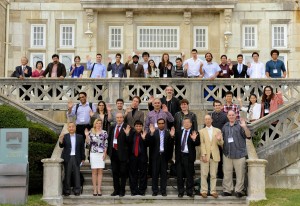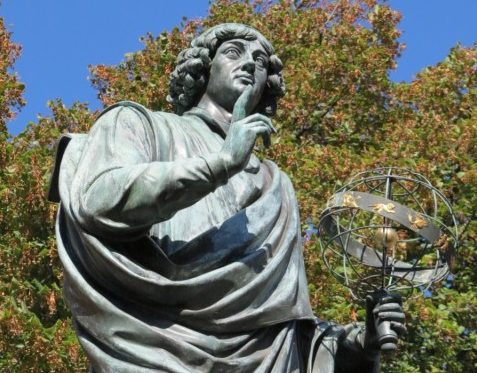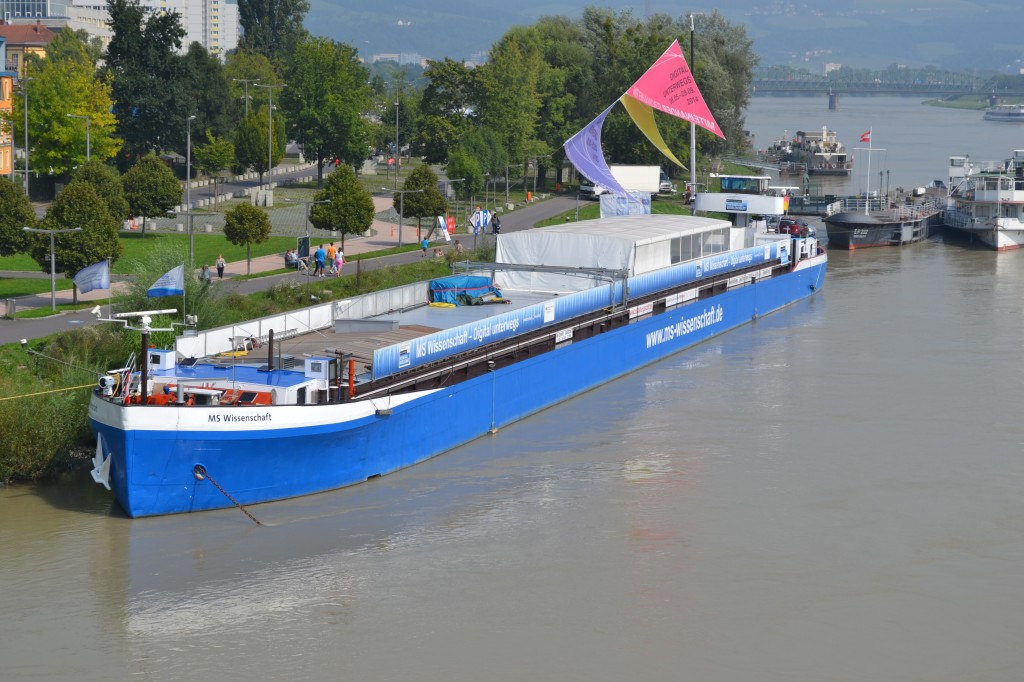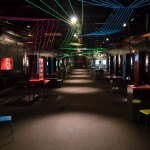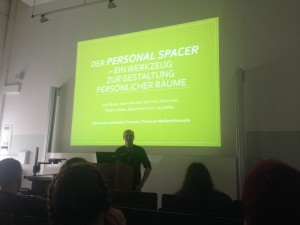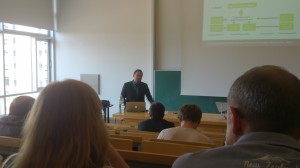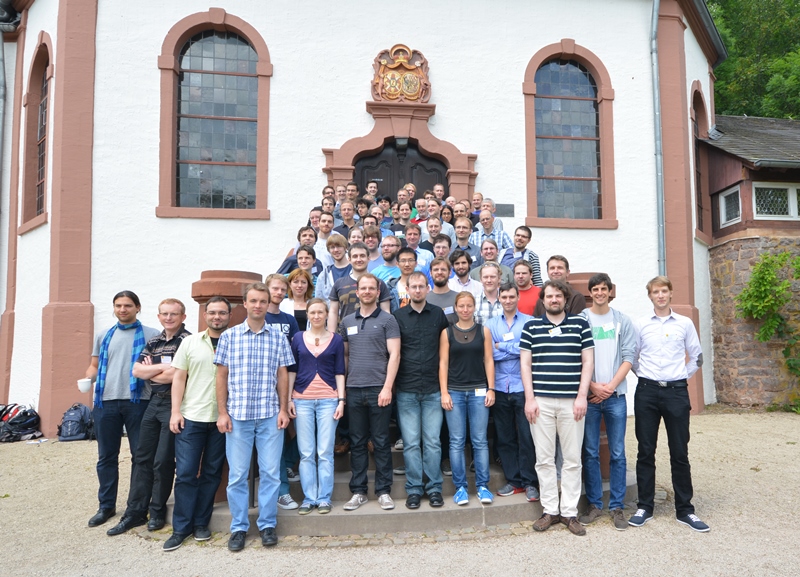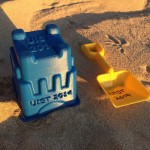
The ACM Symposium on User Interface Software and Technology (UIST) is the premier forum for innovations in human-computer interfaces.
Sponsored by ACM special interest groups on computer-human interaction (SIGCHI) and computer graphics (SIGGRAPH), UIST brings together people from diverse areas including graphical & web user interfaces, tangible & ubiquitous computing, virtual & augmented reality, multimedia, new input & output devices, and CSCW.
The intimate size and intensive program made UIST an ideal opportunity to exchange research results and ideas.
The closing keynote is from Bret Victor. He was talking about the “Humane Representation of Thought: A Trail Map for the 21st Century.

